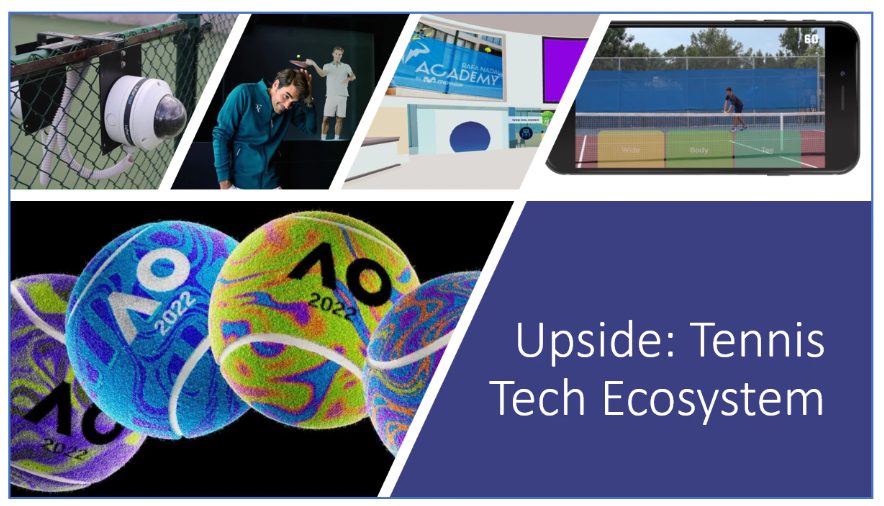With Wimbledon, one of the biggest tennis tournaments in the world, starting on Monday, we thought we would go over the emerging technologies in the world of pro tennis. In the past few years, the world of tennis has evolved quite dramatically through the emergence of advanced technologies (Injury prevention…
Share This Story, Choose Your Platform!
Total reviews
Persons recommended this product
Anonymous
Shopper
check_circle Verified
Shop owner replied
Anonymous
Shopper
check_circle Verified
Shop owner replied
Thanks for your review!
Your feedback helps us improve our service.
There are no reviews yet.
Be the first to review “ ”
Please log in to submit a review.
Don't have an account? Register here .
Only logged in customers who have purchased this product may leave a review



